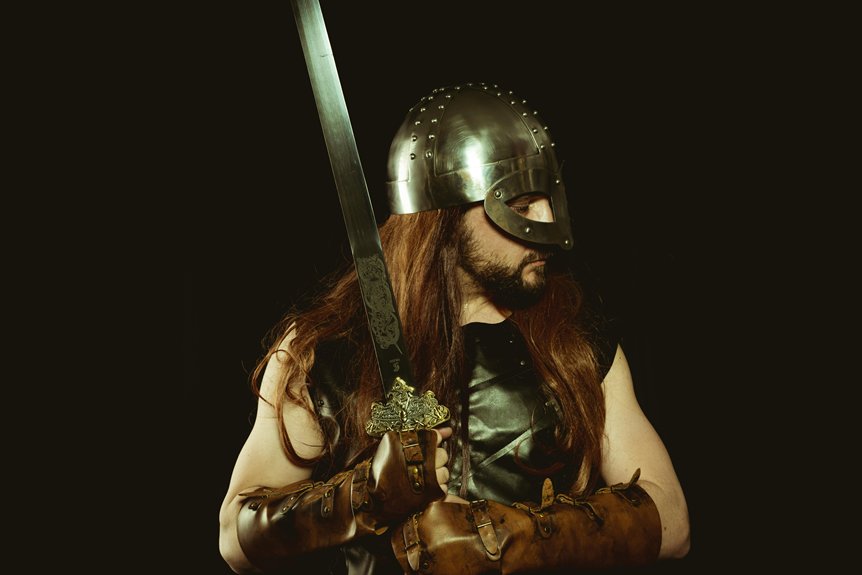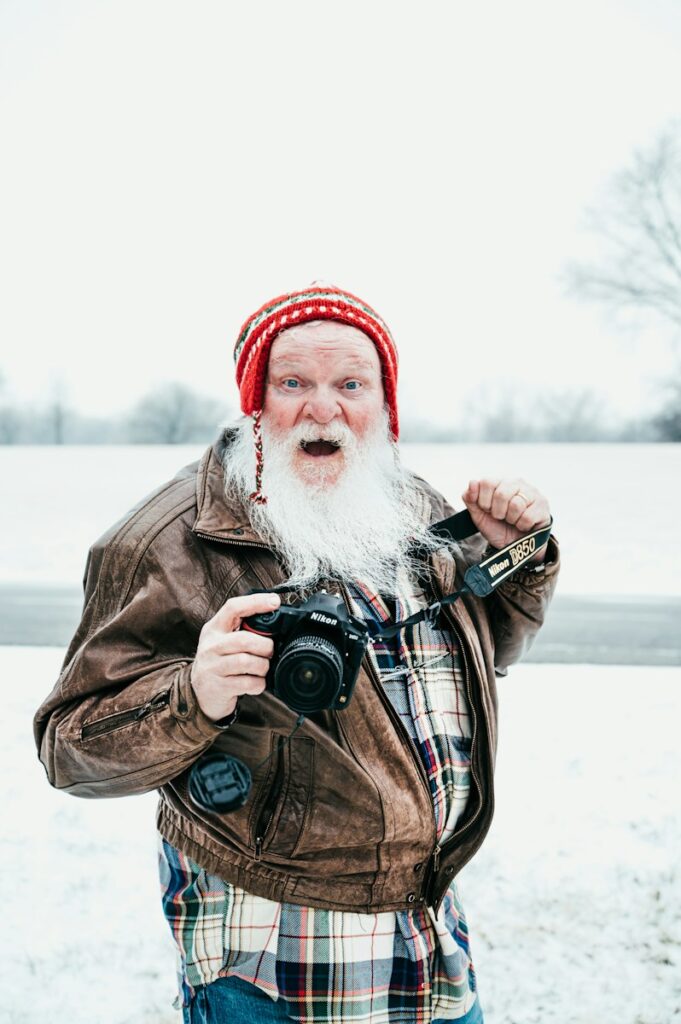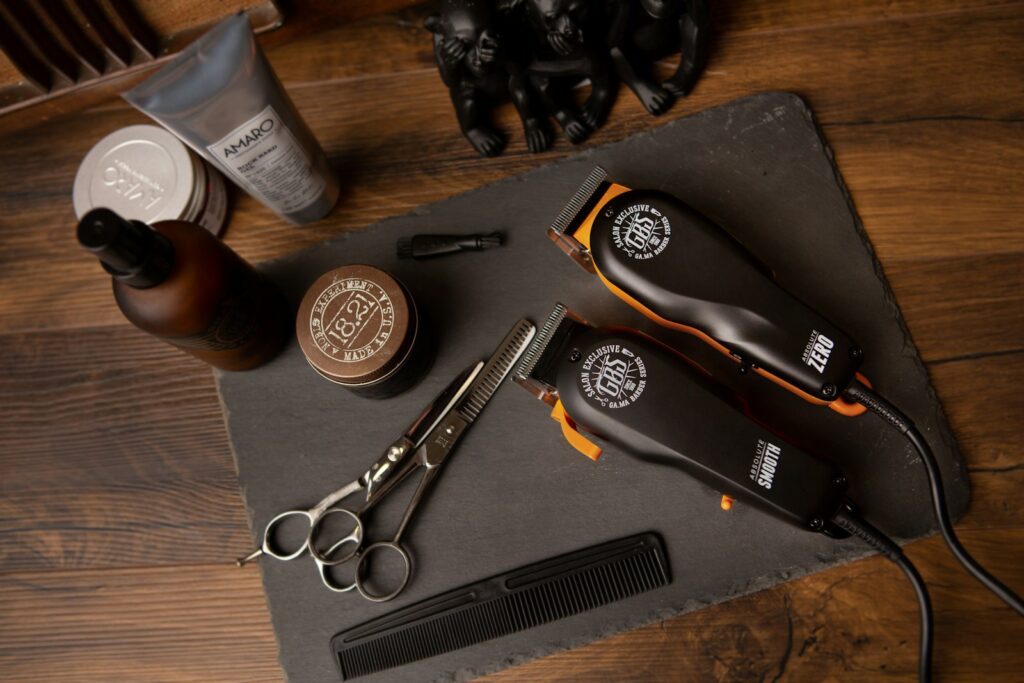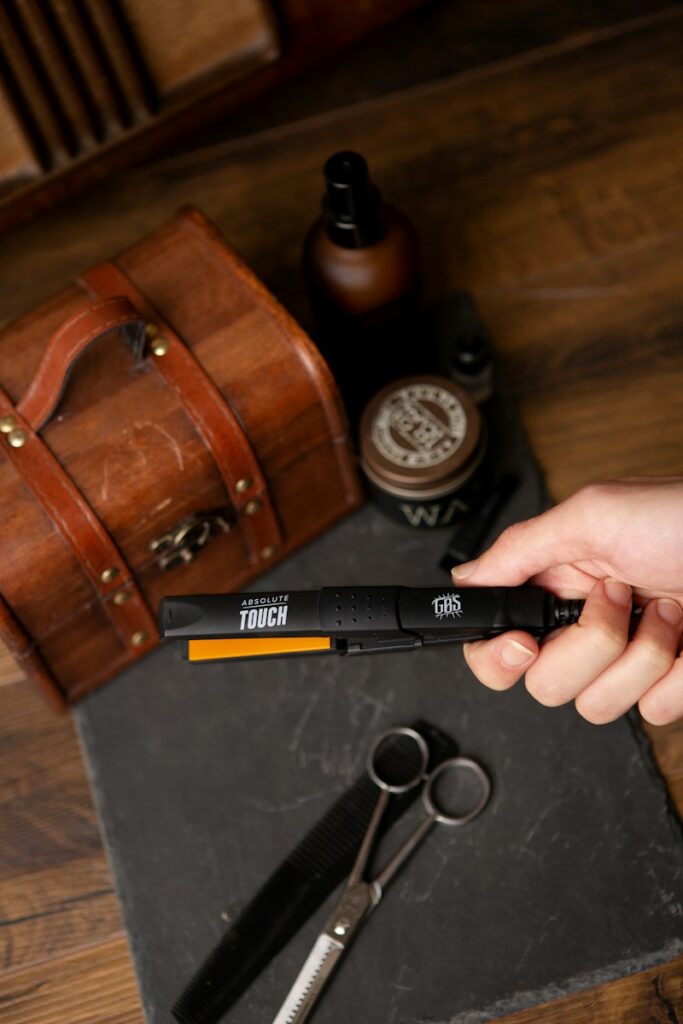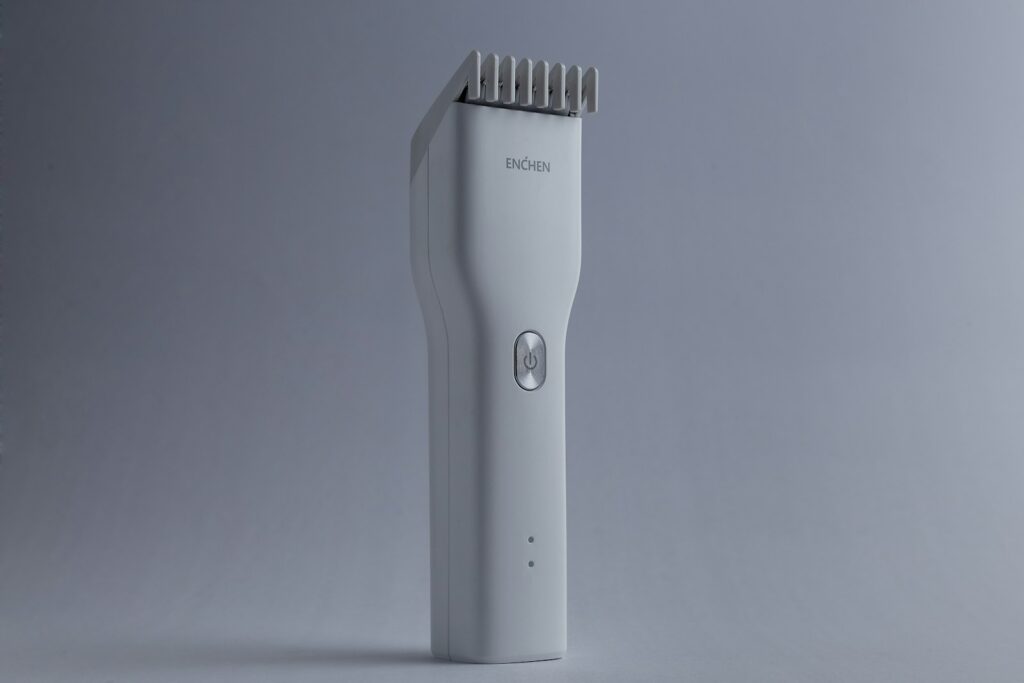Vikings’ beards are more than just a symbol of rugged masculinity; they are a testament to a rich cultural heritage, reflecting strength and societal values. Contrary to the wild image often portrayed, historical evidence reveals that Vikings took pride in their grooming, using tools like combs and razors. These beards were not just for show; they indicated social status and readiness for battle. Today, this iconic style inspires modern grooming, blending tradition and contemporary flair. But what secrets do these legendary beards truly hold?
Key Takeaways
- Viking beards symbolized power, status, masculinity, and were associated with gods in mythology.
- Vikings used grooming tools like combs and razors to maintain neat, tidy beards.
- Archaeological finds confirm Vikings’ emphasis on cleanliness and disciplined grooming routines.
- Modern Viking beard styles incorporate braids and use oils for maintenance and health.
- Viking-inspired grooming blends historical styles with contemporary trends for a timeless look.
The Cultural Significance of Beards in Viking Times
While beards have long served as a symbol of power and status across various cultures, in Viking times, they held particular cultural significance. Vikings revered beards as a sign of masculinity and wisdom, often associating them with the gods in their mythology. A well-kept beard symbolized a warrior’s strength and readiness to face challenges, embodying traits valued by those who serve others. Beards also played a role in social identity, distinguishing men within their communities and nurturing unity. The Viking beard wasn’t just facial hair but an essential part of their cultural heritage, reflecting their values and societal roles. Additionally, much like in video game narratives, beards in Viking culture served as a visual shorthand to convey traits like wisdom and experience, enhancing the depth of a warrior’s personal story.
Debunking Myths: The True Grooming Habits of Vikings
Contrary to popular belief, Vikings didn’t wander around with unruly hair and tangled beards. They actually took grooming seriously, maintaining their appearance with care. Vikings used combs, tweezers, and other tools to keep their hair and beards neat. Archaeological finds reveal these tools were commonplace, showcasing their dedication to hygiene. Vikings valued cleanliness and personal grooming, which was part of their culture and identity. They weren’t the unkempt barbarians often portrayed in media. Instead, they presented themselves with well-groomed hair and tidy beards, reflecting a disciplined lifestyle. Understanding their true grooming habits helps dispel common myths about Vikings. Additionally, Vikings likely experienced beard growth stages similar to those described in modern contexts, indicating that they had to manage different phases of growth with their grooming tools.
The Tools and Techniques Behind Viking Beard Grooming
To maintain their iconic beards, Vikings relied on a variety of grooming tools and techniques. They used combs crafted from bone to keep their beards tidy and free of tangles. Tweezers helped maintain a clean look, removing stray hairs.
Vikings also employed razors for shaping, ensuring their beards weren’t overly unkempt. These tools, found in archaeological sites, reveal a dedication to grooming that defies modern myths.
Modern Interpretations of the Viking Beard Aesthetic
As contemporary culture continues to adopt the rugged charm of the Viking beard, many have adapted this ancient style to fit modern sensibilities. People seek to utilize the aesthetic’s boldness while guaranteeing it aligns with today’s sophisticated grooming standards.
The Viking beard, a symbol of strength and community, has seen fresh interpretations that cater to various lifestyles and preferences. These adaptations highlight the style’s timeless appeal, making it accessible to those who wish to serve their communities with a confident presence.
- Varied lengths: From short and trimmed to long and flowing.
- Creative braids: Adding unique twists for a personal touch.
- Grooming products: Oils and balms guarantee a polished look.
- Cultural fusion: Blending Viking styles with modern trends.
Achieving the Timeless Viking Beard Today
Building on the modern interpretations of the Viking beard aesthetic, achieving the timeless Viking beard today requires a blend of historical inspiration with contemporary grooming techniques.
Individuals should begin with a quality beard oil to keep hair nourished and skin healthy. A sturdy beard comb and styling balm help maintain the desired shape, echoing ancient grooming practices.
Opting for long fringes with shorter hair at the back can evoke the classic Viking style. For those seeking battle-readiness, incorporating braids can add a fierce, practical touch.
This approach guarantees that the Viking beard remains a symbol of strength and service.
Final Thoughts
Viking beards have surpassed time, maintaining their allure and symbolic power in modern grooming. Historically, these beards represented strength and societal status, carefully maintained with tools like combs and razors. Today, the Viking beard aesthetic merges ancient tradition with contemporary grooming techniques, appealing to those seeking a timeless and powerful appearance. By embracing these styles, individuals can connect with a rich cultural heritage while expressing personal identity through a disciplined and distinctive look.
